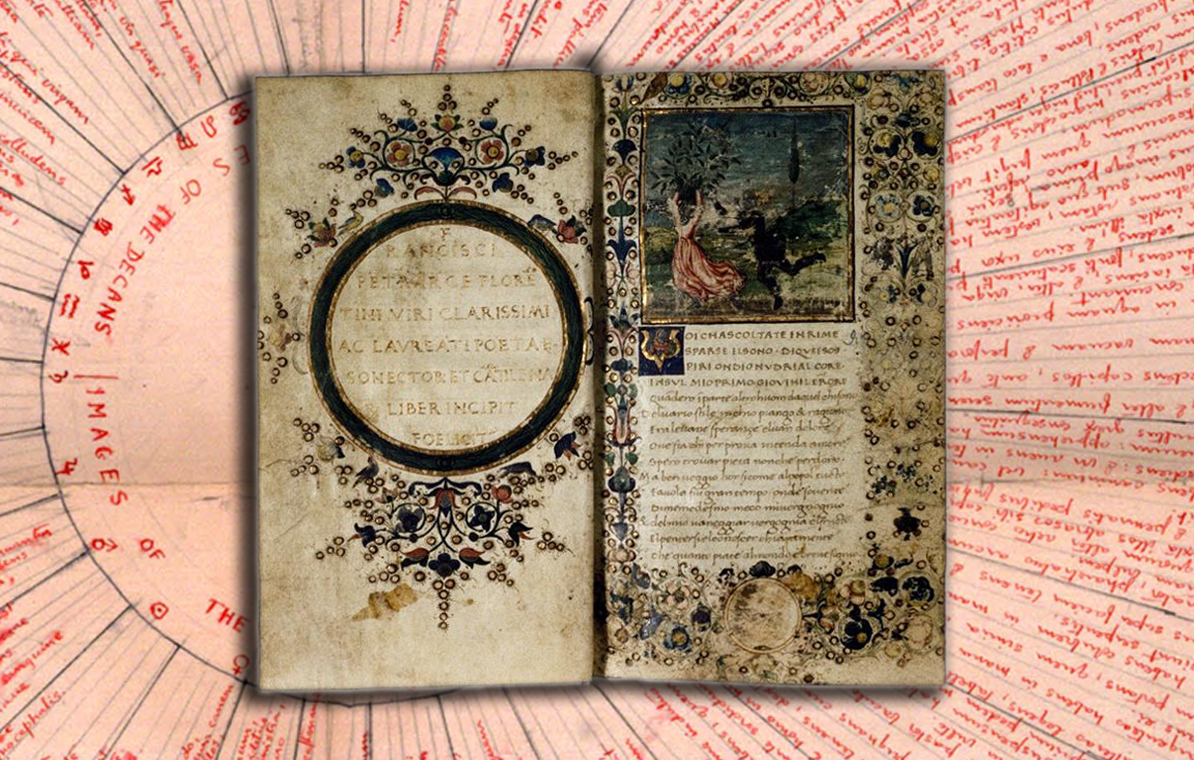Las visiones de Petrarca en la poesía hispánica y en la poética renacentista
DOI:
https://doi.org/10.5399/uo/hsda.1.1.1226Abstract
In Spain as in Spanish America in the Golden Age, imitatio held sway as the dominant poetics. Yet the concept of imitatio is an elastic one. How can a twenty-first century reader grasp the meaning of Renaissance imitatio? As a means of addressing this question, this essay analyzes the relationship of important poems to their source text, foregrounding Bartolomeo Ricci’s concepts of sequi, imitare, and aemulare, presented in the 1541 De imitatione. Focusing on the rich legacies of Canzone 323 (delle Visioni) by Francesco Petrarca in the poetry of (among others) Diego Dávalos y Figueroa, Francisco de Quevedo, Lope de Vega, Fray Luís de León and Juan de Guevara, the essay provides a powerful explication of the generative properties of imitatio. [This article published in the author's original Spanish.]Downloads
Published
2011-02-05
Issue
Section
Perspectives
License
Copyright (c) 2011 Alicia de Colombí-Monguió

This work is licensed under a Creative Commons Attribution-NoDerivatives 4.0 International License.
Authors who publish with this journal agree to the following terms:
- Authors retain copyright and grant the journal right of first publication with the work licensed under a Creative Commons Attribution No Derivatives License that allows others to share the work with an acknowledgement of the work's authorship and initial publication in this journal.
- Article and journal metadata is released under a Creative Commons Attribution license.
- Authors may enter into separate, additional contractual arrangements for the non-exclusive distribution of the journal's published version of the work (e.g., post it to an institutional repository or publish it in a book), with an acknowledgement of its initial publication in this journal.
- Authors are permitted to post their work online (e.g., in institutional repositories or on their website) prior to and during the submission process, as this can lead to productive exchanges, as well as earlier and greater citation of published work (See The Effect of Open Access). Indicate that the manuscript is under submission.

